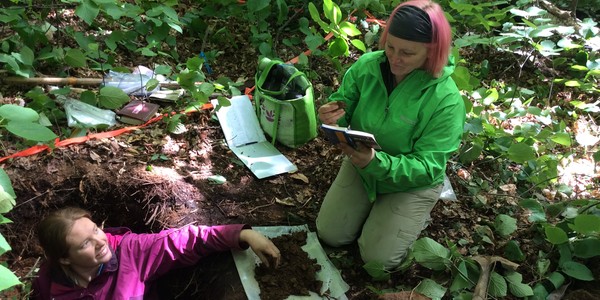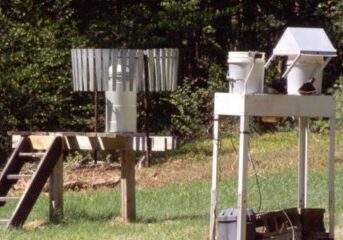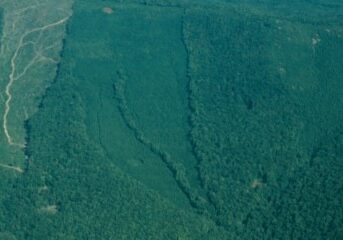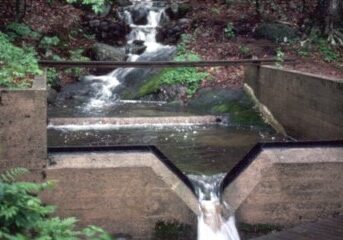
We study the development of forest soils, and their fertility, biology, chemistry and ability to sequester carbon. Soils are a major element of our efforts to conceptualize forest ecosystem dynamics within a biogeophysical template that controls spatial variation in the response of ecosystem structure and function to disturbance. This approach characterizes distinct soil types with predictable spatial distribution and predictable properties that influence ecosystem function
Soil microbial biomass carbon and nitrogen content, potential net nitrogen mineralization and nitrification, microbial respiration, and denitrification potential have been measured at least annually since 1994 in reference (W6) and calcium-treated (W1) watersheds. Fluxes of carbon dioxide, nitrous oxide and methane have been measured monthly during the growing season since 2001 in these same watersheds using in situ static chambers. Soil solutions and longitudinal streamwater samples have been collected approximately monthly from W6 since the early 1980s, and from W1 since the mid-1990s. These collections are analyzed for concentrations of major solutes (anions, cations, organic C and N). More recent measurements characterize dissolved organic matter (DOM) fractions and select trace elements (P, As, Co, Cd, Fe, Ni, Pb, Se, Sr, Zn).
Surface soils are quantitatively sampled every 4-5 years across W6 and W1. Samples are collected from combined Oi+Oe horizons, the Oa horizon, and the top 10 cm of underlying mineral soil using the pin-block method. Samples are measured for total mass, C, N, P, base cations and metals, pH, total acidity and extractable Al.








